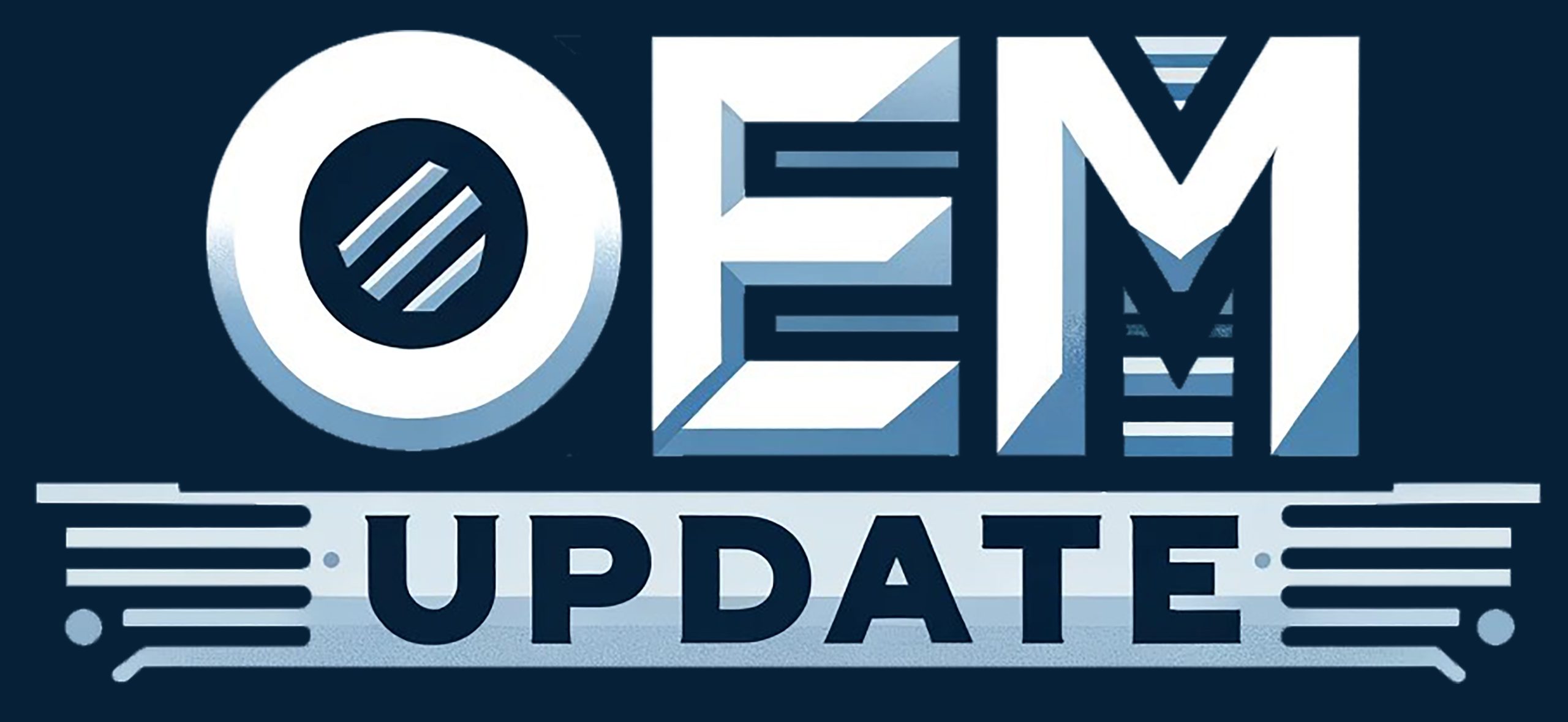Shifting Gears
By Staff Report February 1, 2025 5:06 pm IST
Advanced gear and motor manufacturing is here
The definitive forming of the metal results in the structure of the car, and the design of the car has a direct influence on its effective functioning, like how sedans are more fuel efficient than SUVs. In the same way, gears and motors require design considerations to adapt to the situation they are working in.
Remember when Ratan Tata envisioned creating a “People’s Car” that would cost as much as any two-wheeler would to make the luxury of safe driving available for the masses? The idea was inspired by seeing entire families riding on scooters in unsafe conditions, especially during monsoons. Tata Nano was expected to revolutionise mobility in India. But while it handled city streets well, the story changed on rural and pothole-ridden roads. Gearbox failures, excessive vibrations, and premature wear exposed a crucial flaw—its transmission wasn’t built for India’s unpredictable terrain. As a result, Tata had to reinforce gear teeth profiles and improve lubrication in later models to handle Indian road conditions better.
This challenge wasn’t unique to the Nano; over the years, automakers like Mahindra and Maruti Suzuki have had to reinforce their gear designs to withstand the demands of bad roads. So, how have manufacturers adapted?
Designing gears and motors in India involves considering factors like fuel efficiency, cost-effectiveness, local regulations, road conditions, and the growing demand for electric vehicles.
Challenges in designing
When we talk about the challenges in India, the major and common constraint is the cost. Balancing performance with affordability for the Indian market needs foremost consideration. Another point to note is addressing potential overheating issues due to high ambient temperatures.
Piyush Garg, Director of Balaji Switchgears, shares that achieving seamless synchronisation between gears and motors in automation setups is a complex process that requires precise coordination of several factors. Accurate motor speed and torque with gear ratios prevent mechanical inefficiencies, wear, or damage over time. Additionally, load condition variations can cause performance fluctuations, making it difficult to maintain consistent operation.
Advanced control systems and automation technologies provide real-time monitoring, adjustments, and dynamic synchronisation to address these challenges. Proper maintenance tailored to varying operating conditions is required for the efficient performance of gears and motors.
Designing
The latest advancements in gear manufacturing mean achieving high-precision gears, says Raosaheb Yadav, Plant Head at Hind Gear Industries. In the 1990s, manufacturers produced gears with DIN 7 and DIN 8 accuracy levels. However, today’s requirements from machine tool manufacturers and other high-precision industries demand gears with DIN 1 quality—the highest level of accuracy. This level of precision is now achievable due to the gear-grinding machines imported from countries like Germany. We get exceptional control over gear geometry, surface finish, and consistency.
Gear design improvements are necessary as they reduce power losses in transmission systems by improving energy transfer efficiency. Advanced gear geometry minimises friction and wear, reducing heat and mechanical resistance energy loss. Lightweight materials and precision manufacturing further reduce losses by lowering inertia and improving alignment. These design improvements increase transmission efficiency, extend gear lifespan, and reduce maintenance needs.
Several critical factors must be considered when designing gears for automotive applications. The tooth profile has to be carefully optimised based on the required torque and speed characteristics, influencing efficiency and durability. The module, which defines the size of the gear teeth, is used in gear meshing and load distribution, directly impacting the gear’s lifespan. Additionally, backlash is minimised to improve precision and ensure smooth gear engagement.
Motors
Similarly, motor design is prominent with the rise of electric vehicles (EVs). Electric motors, particularly permanent magnet synchronous motors (PMSM), provide high efficiency and performance benefits. On the other hand, internal combustion engine (ICE) design continues to focus on fuel efficiency and compliance with stringent Indian emission regulations. Regardless of the propulsion system, motor power and torque must match vehicle requirements, considering load capacity, driving conditions, and overall efficiency to balance performance and sustainability.
Amit Deokule, Director of Sales and Marketing at NORD Drivesystems Pvt. Ltd talks about smart motors with integrated advanced sensors, connectivity, and data analytics into the motor system. He shares that this combination allows for real-time monitoring and predictive motor performance analysis. We can detect the potential issues before they lead to failures. Smart motors enable condition-based maintenance, which thus helps reduce unplanned downtime instead of relying on time-based maintenance schedules. Smart motors are integrated with Industrial Internet of Things (IIoT) platforms, enabling remote monitoring and centralised control. We offer products that are Industry 4.0 and predictive maintenance ready.
Mr Deokule shares how NORD Drivesystems designs geared motors in UNICASE design for housing and with a double lip oil sealing system. They use the highest manufacturing standard, like DIN 3990, which ensures high comprehension efficiency. Their design is focused on long maintenance intervals & oil changes, i.e. 18 months/ 10000 service hours or 36 months/ 20000 service hours, including 1st change.
Gear ratio in reducer motorsTo achieve the desired output speed and torque, a reducer motor uses mechanical transmission systems, such as planetary, worm, and cylindrical gears. Focusing on the technical side, Emily Zhang, Senior Engineering Program Manager at Quadrant International, shares that the gear ratio, when calculated as output shaft speed divided by input shaft speed, determines how the motor’s speed is modified after transmission and guides gear selection.
The right gear ratio depends on the application’s requirements and the motor’s design and manufacturing costs. Typically, a larger reduction ratio is needed for high and low speeds, while a smaller ratio is better for high and low speeds. Choosing the appropriate gear ratio is crucial for the motor’s performance, size, and efficiency.
The ratio can vary depending on the number of teeth on the gears; for example, if the output gear has 15 times more teeth than the input gear, the reduction ratio is 15. Some motors may allow for adjustable gear ratios.
Smart Tools
Mr Yadav shared that they have already implemented smart factory software for their machines at the Hind Gears manufacturing plant. He says, “We can enable real-time monitoring and analysis. This system provides insights into Overall Equipment Effectiveness (OEE), idle times, and key productivity gaps. It allows us to compare actual cycle times with the planned times assigned to operators, ensuring better performance tracking. The software also helps us monitor machine utilisation and efficiency to make decisions based on the data. We actively maintain and review this data daily, working closely with supervisors to drive continuous productivity and operational efficiency improvements.”
The Indian gear market is expanding with metro projects and other large-scale developments. Growing infrastructure demands will increase gear production and customisation. As urbanisation accelerates, industries require more advanced gear solutions. This would create opportunities for manufacturers to meet evolving requirements in various sectors.
——————————————————————–
Raosaheb Yadav, Plant Head, Hind Gear Industries
The Indian gear market is expanding due to growing infrastructure demands and urbanisation, creating opportunities for manufacturers to meet evolving requirements in various sectors.
Amit Deokule, Director of Sales and Marketing at NORD Drivesystems Pvt. Ltd
The smart motors, which integrate advanced sensors, connectivity, and data analytics into the motor system, allow for real-time monitoring and predictive analysis of motor performance.

Emily Zhang, Senior Engineering Program Manager, Quadrant International
Gear ratio is a crucial factor in reducer motors, which are used to achieve desired output speed and torque. It is the ratio of rotational speeds between the transmission system and the rotor on the motor output shaft.
Piyush Garg, Director, Balaji Switchgears
Gear design improvements, such as advanced geometry and lightweight materials, reduce power losses in transmission systems by improving energy transfer efficiency. Smart motors in automated manufacturing environments enable predictive maintenance by monitoring performance parameters, reducing downtime and improving equipment lifespan.
Cookie Consent
We use cookies to personalize your experience. By continuing to visit this website you agree to our Terms & Conditions, Privacy Policy and Cookie Policy.



















